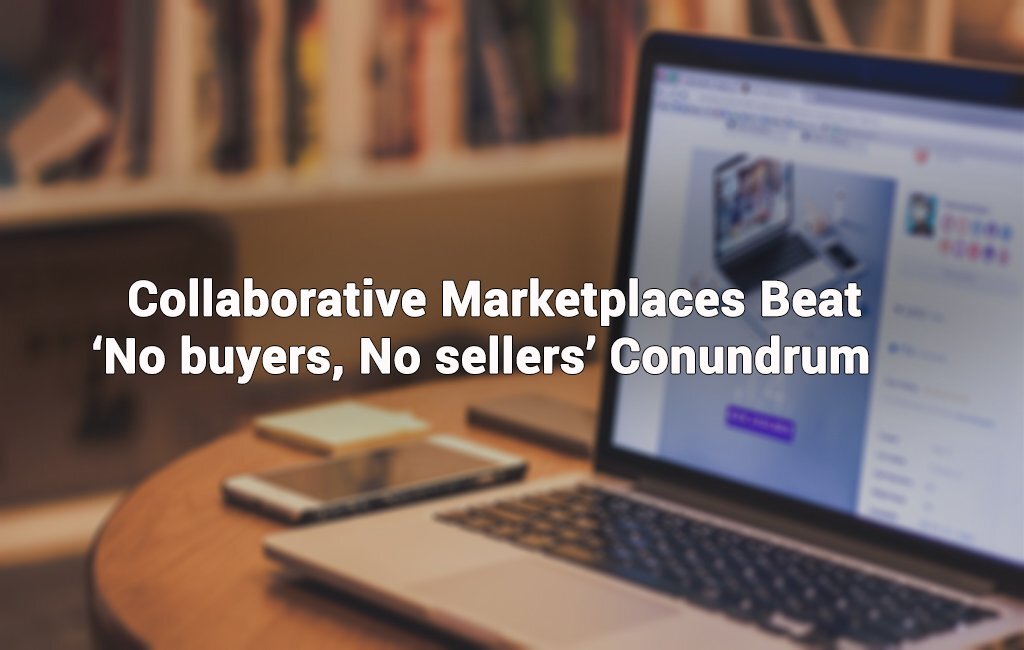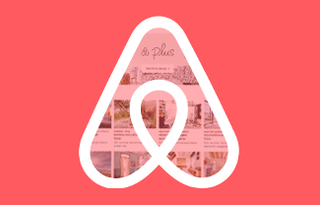
Building a successful online collaborative marketplace website is no small feat. Entrepreneurs in the field of collaborative commerce face a quintessential problem: To attract customers, they need a diverse range of service providers. Yet, these providers often seek a marketplace with an established customer base.
Which comes first - the supplier or the client?
The answer isn't straightforward. However, by examining varied scenarios and understanding the user groups involved, we can navigate this collaborative business commerce conundrum.
Consider the case of "The Haircut", the online collaborative marketplace website, using the Cocorico platform to connect people with independent hairdressers who can visit them in their homes. Such cases, launched devoid of a significant user base, often stumble at the outset. Providers are hesitant to join a platform lacking clients, fearing they're venturing into uncharted territories rather than seizing an untapped market.
For "The Haircut", potential clients typically acted on impulse, registering only when they needed the service immediately. Established hairdressers, with their client rosters full, often held reservations against new online platforms, largely due to past unfavorable experiences.
Building a strong provider base: the proactive approach
A key strategy employed by flourishing collaborative commerces is to construct an extensive service provider base prior to soliciting clients. Initiating contact and pre-registering these providers before the platform goes live can be pivotal.
Offering early bird incentives - be it reduced rates, heightened visibility, or additional services - can encourage participation. Consequently, when customers arrive, they're greeted by a diverse array of choices, shaping the identity of the collaborative commerce platform.
However, it's vital to consider the providers' perspective. Professionals eyeing the platform as a primary business avenue will expect swift returns on their investments. If the site doesn't deliver consistent engagements, they might back out. These professionals, while invaluable, have established roots in their domain and might not perceive the immediate necessity of the new platform.
Meanwhile, when creating a customer database, one must factor in individual, non-professional providers. They may be more flexible but might also lose interest, jeopardizing the reliability of the platform's offerings.
Such dynamics, if not addressed through marketing strategy and marketplace research, can jeopardize your platform's standing. Clients could be disheartened if they can't access the advertised services, and providers might feel shortchanged if the promised customer base doesn't materialize.
For instance, "The Haircut" experienced initial hiccups. Over a hundred hairdressers registered pre-launch. However, as they waited for a surge in clients, those in high demand grew disillusioned, leading the platform to lose some of its most sought-after professionals.
Identify target customers and then seek their needs
While it may not always be the intuitive choice, the strategy of building a customer database before engaging with suppliers can make sense in specific situations. This approach is particularly relevant when dealing with a group of consumers who struggle to find what they need anywhere else. These customers may require more patience, but their loyalty can be earned by meeting their unmet needs.
Primarily, we are referring to professional customers who have long nursed unmet needs. This presents an opportunity for marketplace creators to replace their unsatisfactory experiences with solutions that meet their requirements. An example of this approach in action is our article "20 Ways to Attract Buyers and Sellers on the Marketplace" (read here), which provides valuable insights into attracting clients.
"The Haircut" has successfully applied the strategy of defining the target market. While individual customers seeking haircuts had various options, businesses that needed reliable access to hairdressers at short notice found this platform to be a unique solution.
Grow your customer and provider databases simultaneously: the ideal solution
On the other hand, a more complex but equally rewarding approach involves growing your customer and provider databases simultaneously. This strategy requires convincing both buyers and sellers to commit to a platform that is not yet fully operational. The key here is to establish a delicate balance between supply and demand.
This approach differs significantly from the "launch without users" method. Instead of inviting customers to an empty platform, it starts by forming 'custom pairings' between the first suppliers and customers identified. This process is labor-intensive, but it fosters strong loyalty and ensures satisfaction on both sides as you establish your marketplace.
In its initial weeks, "The Haircut" operated with just 75% of its online platform's functionality. Recognizing that home hairdressers were primarily interested in finding target audience, the platform focused on building a community of motivated and engaged professionals alongside a new customer base. This transition made "The Haircut" an integral and natural tool for hairdressers to continue their businesses.
In summary, understanding how to create a customer and provider database is central to the success of any marketplace. The choice between building a customer database first or growing both databases simultaneously depends on your target market and the unique needs of your audience. Regardless of your approach, ensuring that you balance supply and demand is essential for long-term success in the marketplace.










